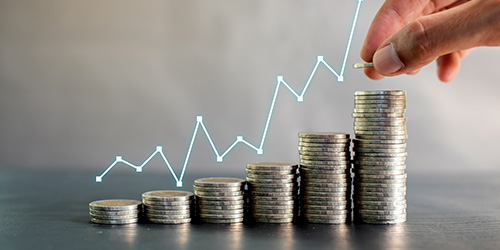Maximizing Returns with the RUDN Interest Form: The Significance of Standing on a 50% Profit
In the realm of real estate and investment, achieving substantial returns is a testament to effective strategy and market insight. One such measure of success is standing on a 50% profit, particularly when using the RUDN interest form. This article delves into the importance of this milestone, exploring its implications, benefits, and the strategic considerations that come into play.
Understanding the RUDN Interest Form
The RUDN interest form is a crucial tool in real estate and investment portfolios. It provides a structured approach to assessing the returns on investments, particularly in large-scale projects. This form helps investors evaluate profitability, measure performance, and make informed decisions based on detailed financial metrics.
The Significance of Standing on a 50% Profit
- Benchmark of Success
Achieving a 50% profit is a significant indicator of a successful investment. It means that the returns have exceeded the initial investment by 50%, showcasing the effectiveness of the investment strategy and the project’s performance. This level of profit reflects not just favorable market conditions but also strategic decision-making and execution.
- Financial Impact
A 50% profit translates into a substantial financial gain. For example, if an investor initially invested $100,000, a 50% profit would result in $150,000—a $50,000 gain. This increase enhances the investor’s financial position, providing additional capital for reinvestment or other financial needs.
- Strategic Decisions
Reaching a 50% profit prompts critical strategic decisions. Investors must evaluate whether to reinvest the profits, take some gains off the table, or continue holding the investment. Each option carries its implications:
• Reinvestment: Using the profit to reinvest in new projects or opportunities can leverage the gains for further growth.
• Partial Liquidation: Taking a portion of the profit can help realize gains while maintaining some exposure to the investment.
• Continued Holding: Keeping the investment might capitalize on further potential gains, though it comes with risks associated with market volatility.